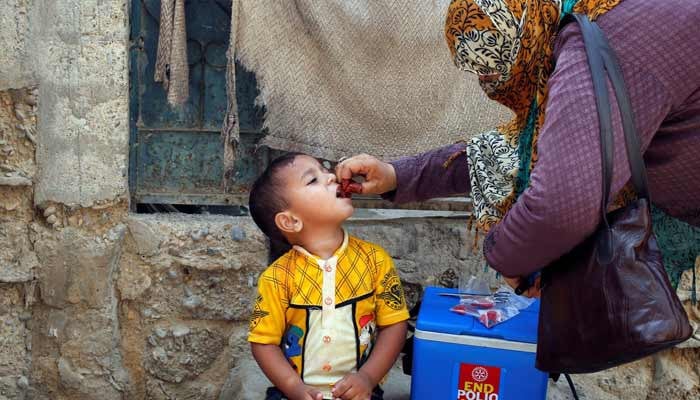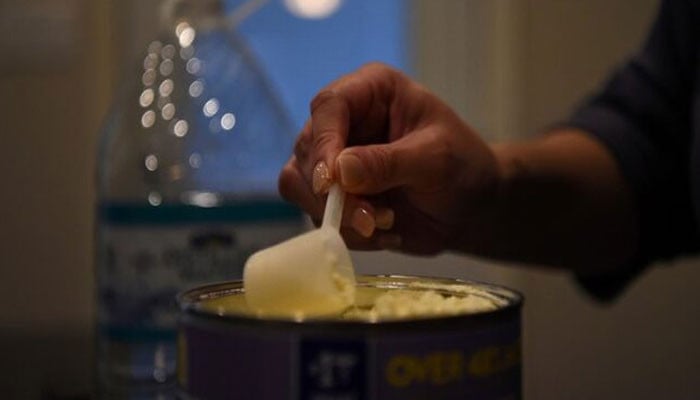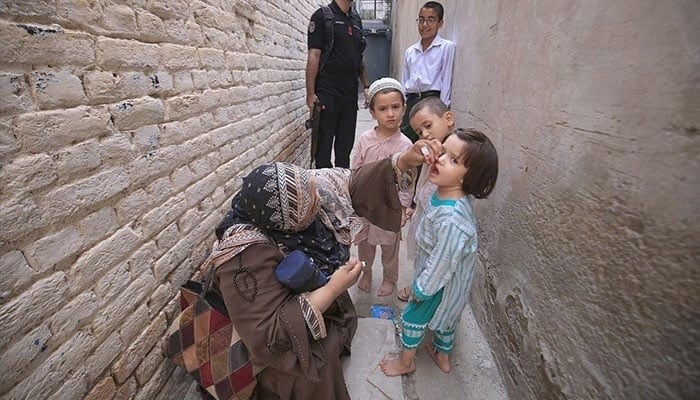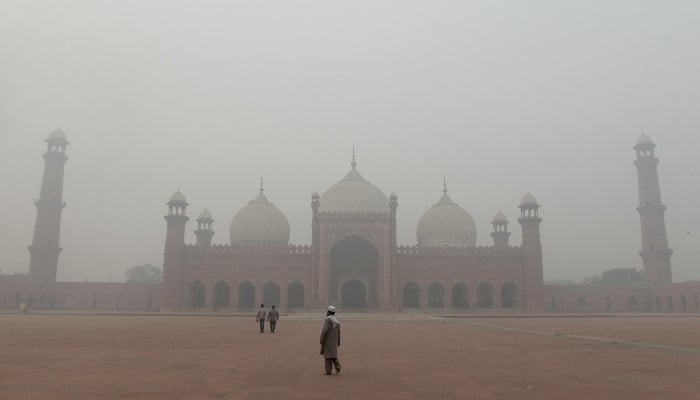Global health officials said polio eradication remains achievable despite a 30% budget cut, and pledged to focus resources on high-risk areas and integrated vaccination efforts.
The budget of the Global Polio Eradication Initiative (GPEI), a partnership between the World Health Organization and the Gates Foundation, will be cut by 30% in 2026 and faces a funding gap of $1.7 billion through 2029, the organization said.
The shortage is largely caused by a global withdrawal from foreign aid, led by the United States – which is also withdrawing from the WHO – although future polio financing is not yet in place. Other wealthy donor governments such as Germany and Britain have made cuts, a spokesman said.
In response, GPEI partners say they plan to focus more on surveillance and vaccination in areas where the risk of polio transmission is high.
The GPEI will also work more closely with other global health programmes, such as measles campaigns, and use strategies such as fractionated dosing – using just a fifth of a vaccine dose to increase supplies and reduce costs, as studies show this still protects children from disease.
Some activities will stop
The partnership will reduce its work in lower risk areas unless there are outbreaks and focus on efficiency improvements.
“The significant cuts in funding… mean that certain activities simply will not take place,” Jamal Ahmed, WHO director of polio eradication, said at a press conference on Tuesday.
Eradicating the paralysis-causing viral disease has been a global health goal for decades. Despite significant progress thanks to mass vaccination since 1988, ending the disease has proven challenging: the first missed deadline for doing so was in 2000.
Some infectious disease experts have questioned whether it is possible to eradicate the disease, which often causes no symptoms, making it harder to track its spread. Advocates say it would be foolhardy to stop when the world is so close, despite challenges like conflict and vaccine hesitancy.
“Eradication remains feasible and achievable,” Ahmed says. “We need everyone to step up and ensure that no child is left behind.”
In 2025, there have been 36 cases of wild polio in Afghanistan and Pakistan, the two countries where polio remains endemic and where essential activities will continue, the GPEI said.
There have been 149 cases of the vaccine-derived form of the virus this year in countries including Nigeria. The number of cases of both forms has decreased since 2024.
Vaccine-derived polio can occur when children are immunized with a vaccine that contains a weakened version of the live virus. They are protected, but the virus shed by these children can spread and mutate in an unvaccinated population.






